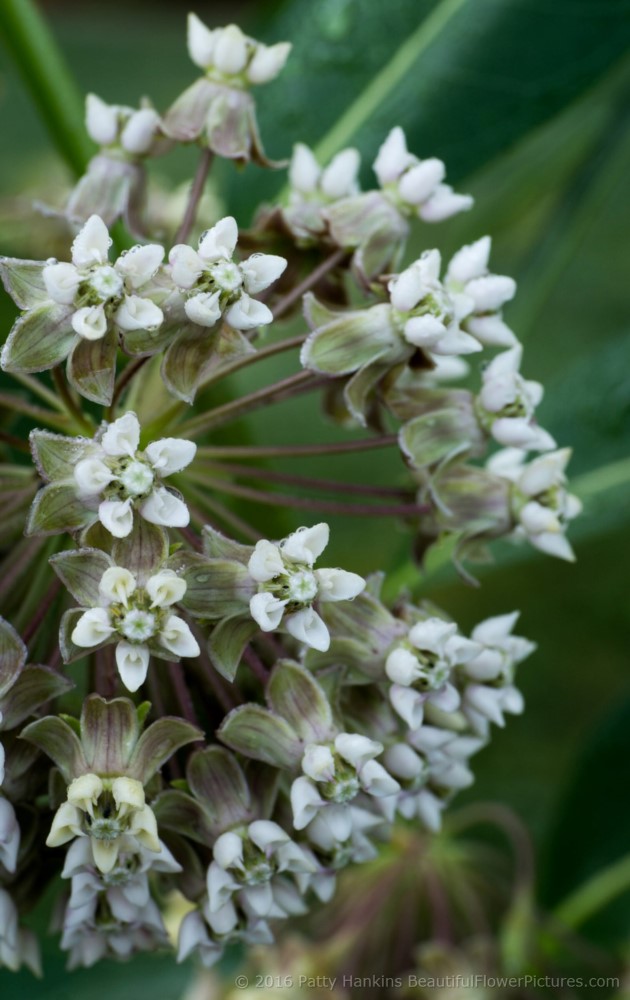
by hankinslawrenceimages | Jul 27, 2016 | Apiaceae Family, Apocynaceae Family, Malvaceae Family, Zingiberaceae
I’ve made a couple of visits to Green Spring Gardens recently and found some wonderful flowers to photograph. I thought I’d share some of those photo with you today.
Common Milkweed – asclepias syriaca

Common Milkweed – asclpeias syriaca © 2016 Patty Hankins

Common Milkweed – asclpeias syriaca © 2016 Patty Hankins
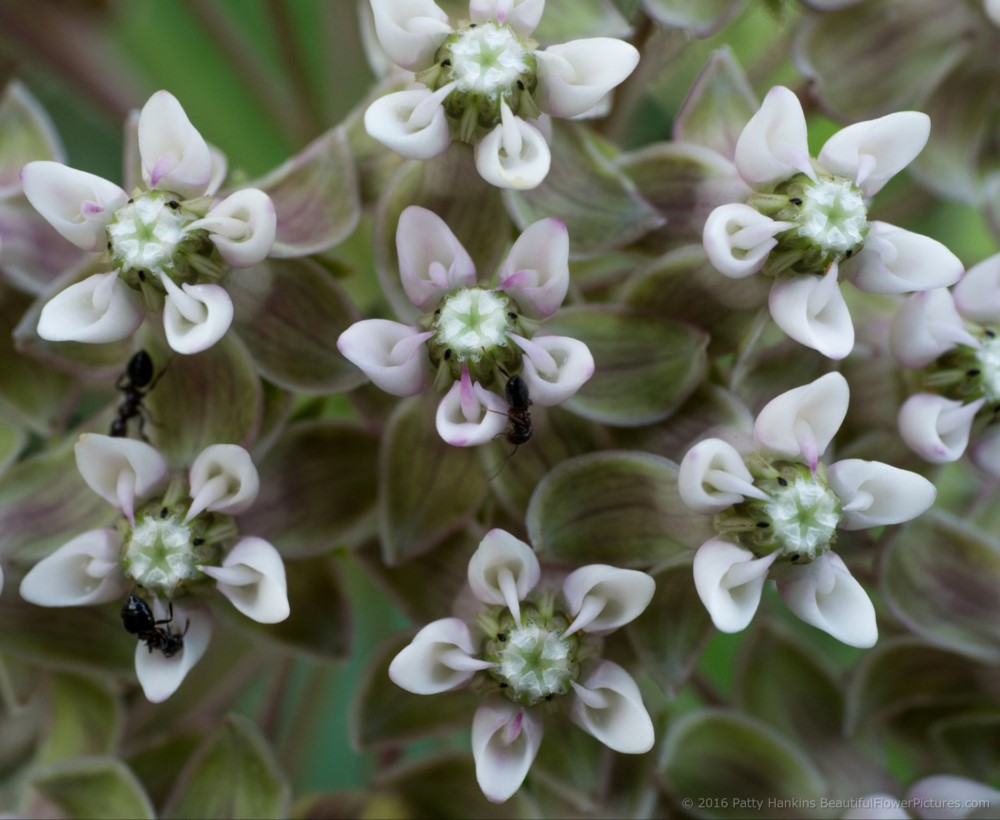
Common Milkweed – asclpeias syriaca © 2016 Patty Hankins
Swamp Milkweed – asclepias incarnata

Swamp Milkweed – asclpeias incarta © 2016 Patty Hankins
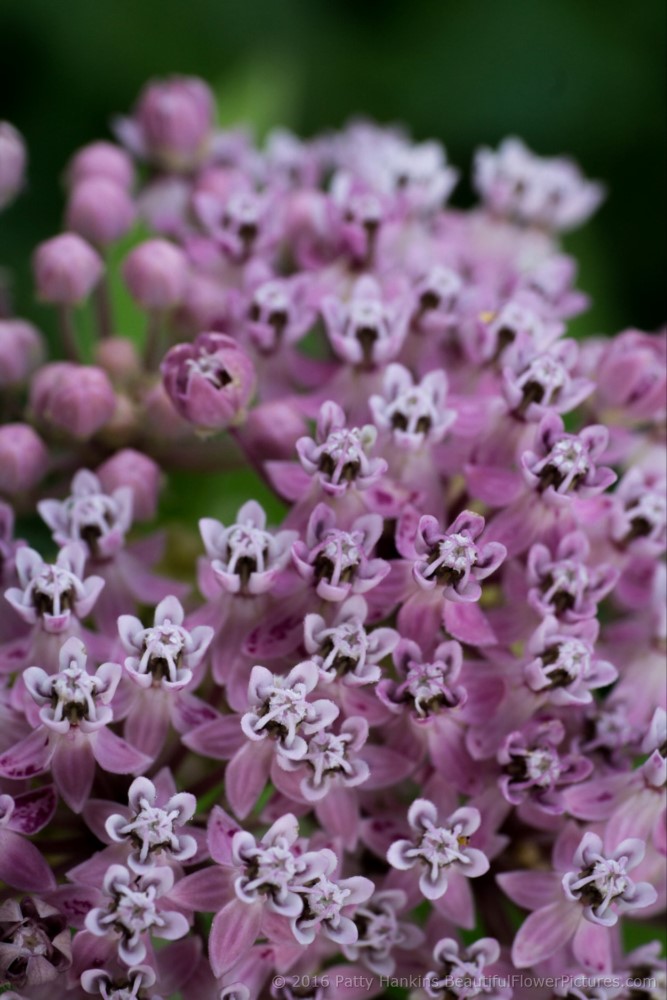
Swamp Milkweed – asclpeias incarta © 2016 Patty HankinsSwamp Milkweed – asclpeias incarta © 2016 Patty Hankins
A member of the Apiaceae family – possibly Queen Anne’s Lace but I wasn’t sure
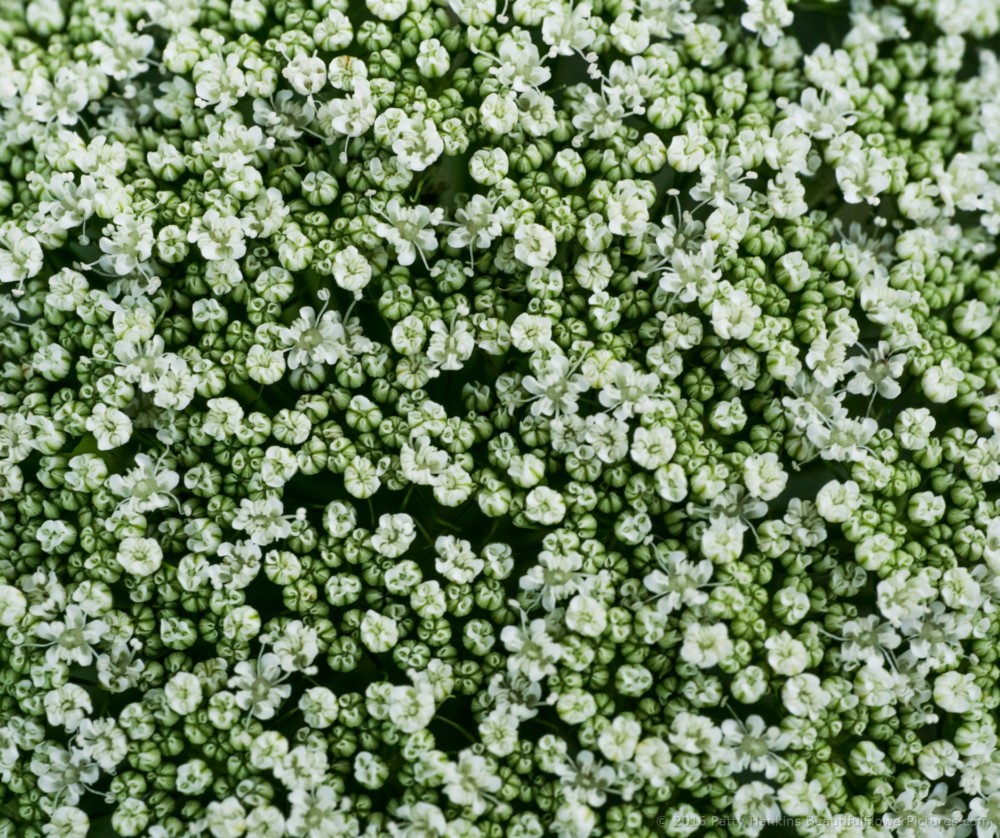
Member of the Apiaceae family © 2016 Patty Hankins

Member of the Apiaceae family © 2016 Patty Hankins
Turmeric
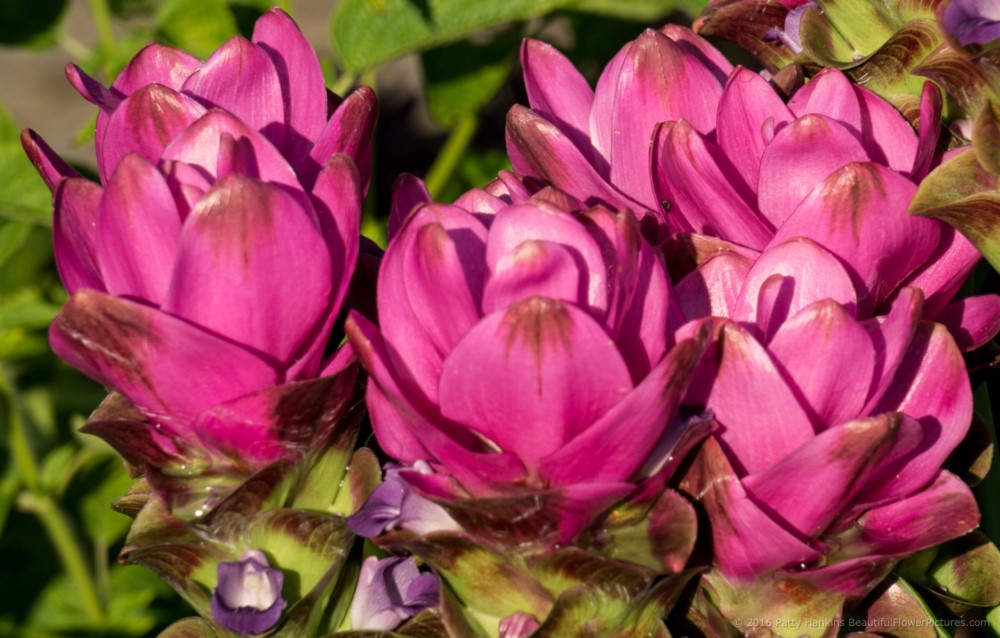
Turmeric © 2016 Patty Hankins
And a red and white Hibiscus blossom
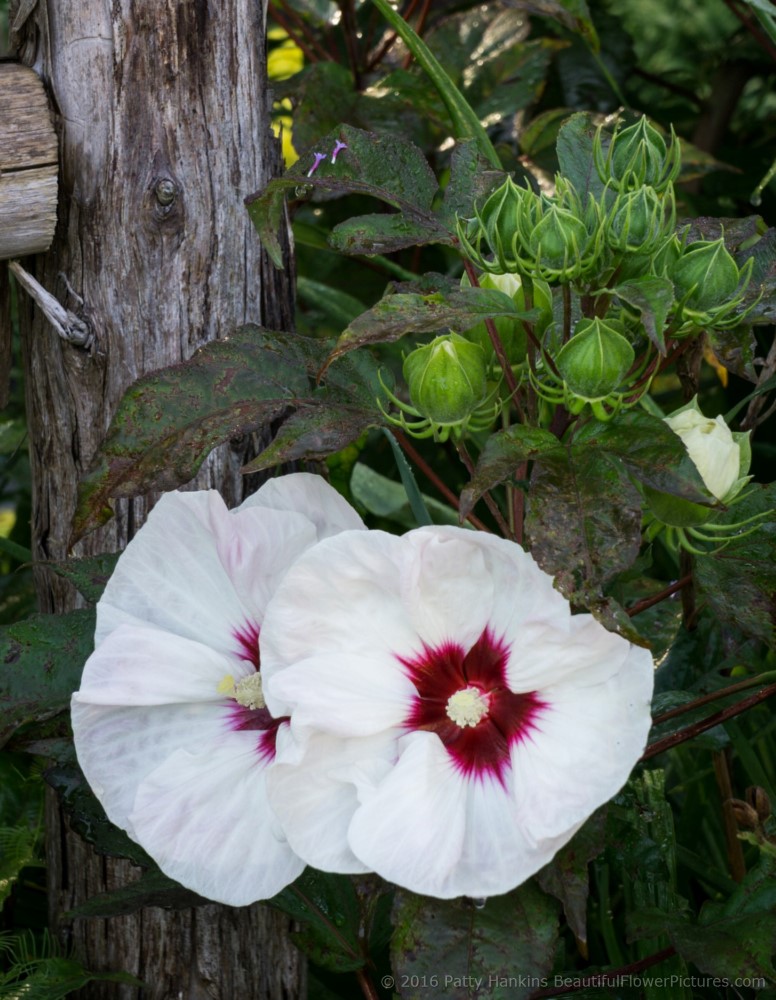
Hibiscus © 2016 Patty Hankins
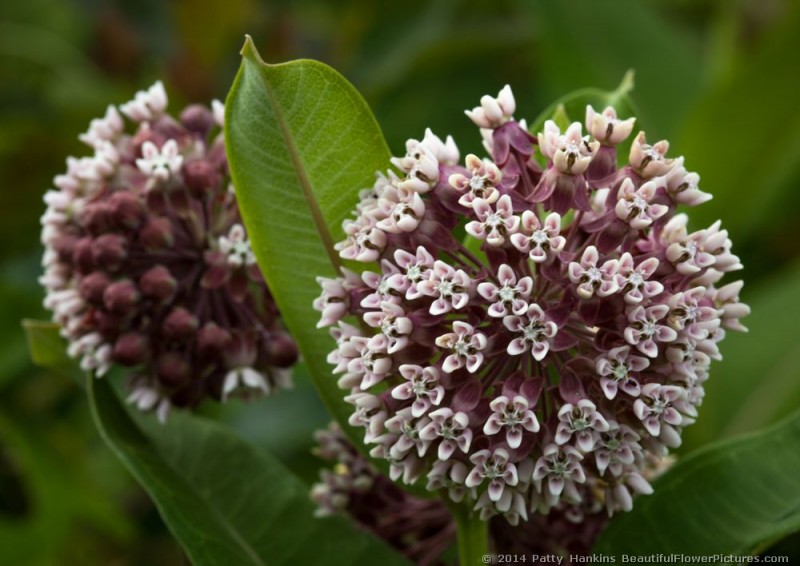
by hankinslawrenceimages | Oct 22, 2014 | Apocynaceae Family, Flowers, Wildflowers
In the past few years – more and more people seem to be becoming aware of the importance of native plants and their role in pollination of other plants. So it’s wonderful to see more and more native plants available at local garden centers and nurseries. Two of the plants I’ve been seeing more frequently are Common Milkweed (Asclepias syariaca) and Butterfly Weed ( asclepias tuberosa).
One of the reasons the milkweeds and butterfly weeds are becoming more popular is people are concerned about the declining populations of monarch butterflies. While populations of other species of pollinators are also facing catastrophic declines, the plight of the monarch butterflies have caught people’s imaginations.
As far as I’m concerned – anything that gets people to plant more native plants in their gardens is a good thing. Native plants tend to more drought-resistant, grow abundantly without the need for chemical fertilizers and provide food for pollinators. Most of the plants in my gardens are native plants – and that’s all I add to the garden these days. This year I had two species of milkweed and butterfly weed in my garden. While I never did see any monarch butterflies in my garden this summer – I certainly did see many other butterflies, bees and other pollinators hanging out around them.
Here are some of my photos of common milkweed and butterfly weed I’ve recently photographed.
Common Milkweed – asclepias syariaca
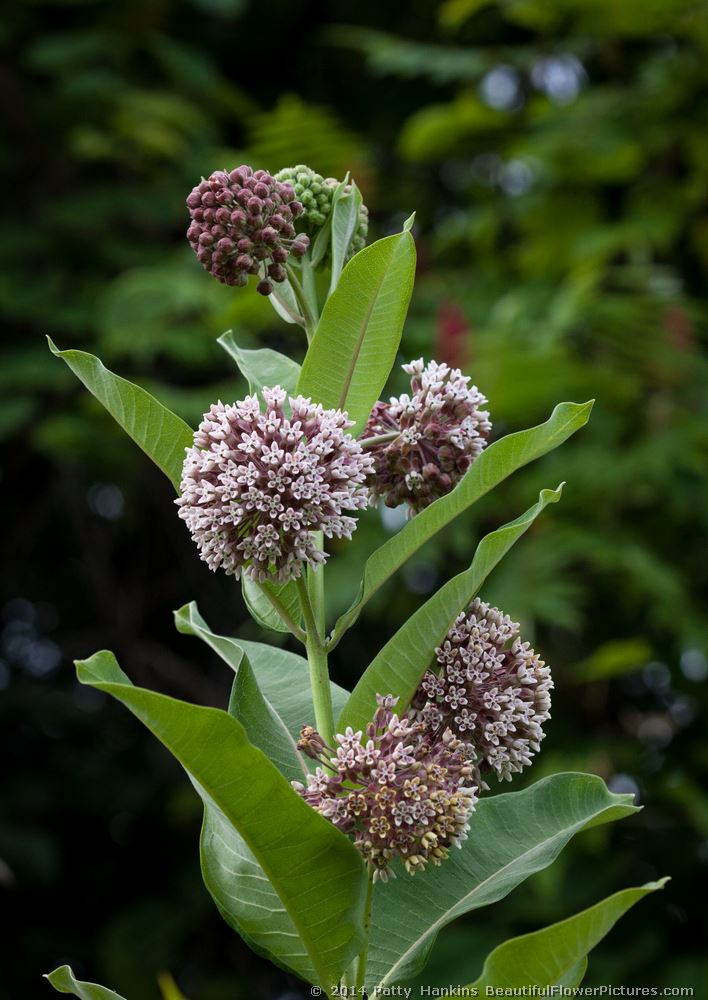
Common Milkweed © 2014 Patty Hankins

Common Milkweed © 2014 Patty Hankins
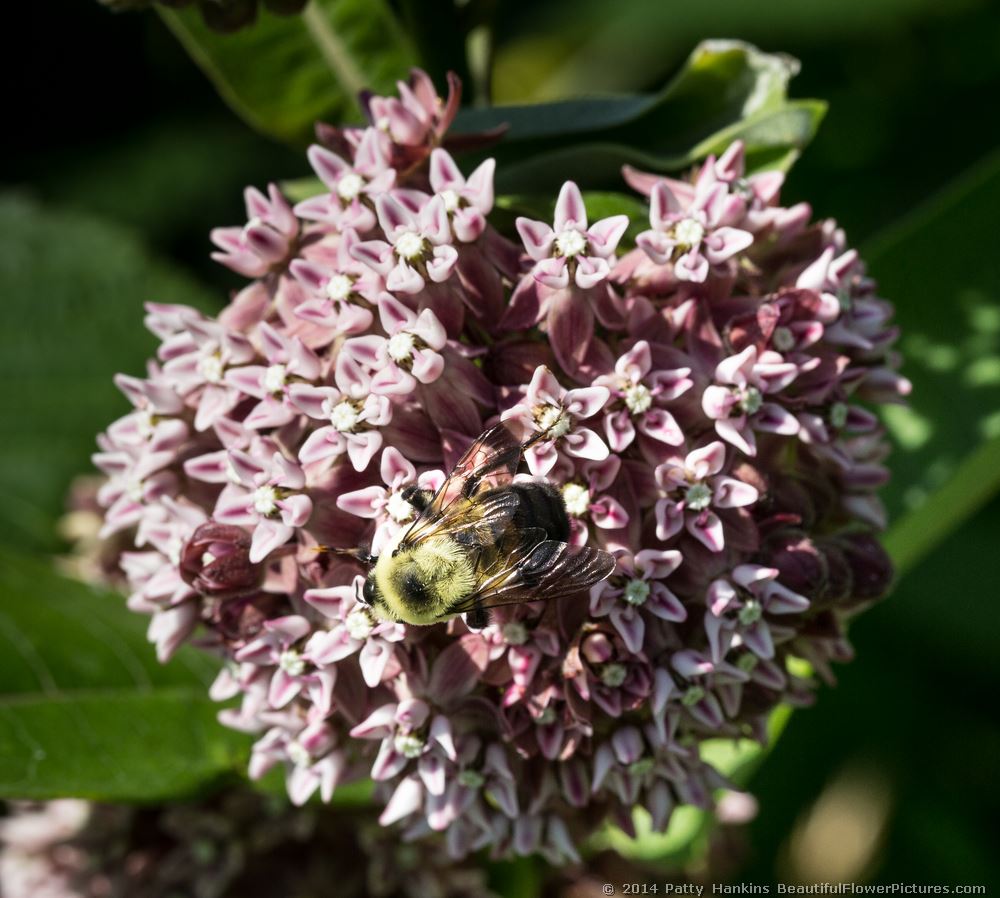
Common Milkweed © 2014 Patty Hankins
Butterfly Weed – asclepias tuberosa
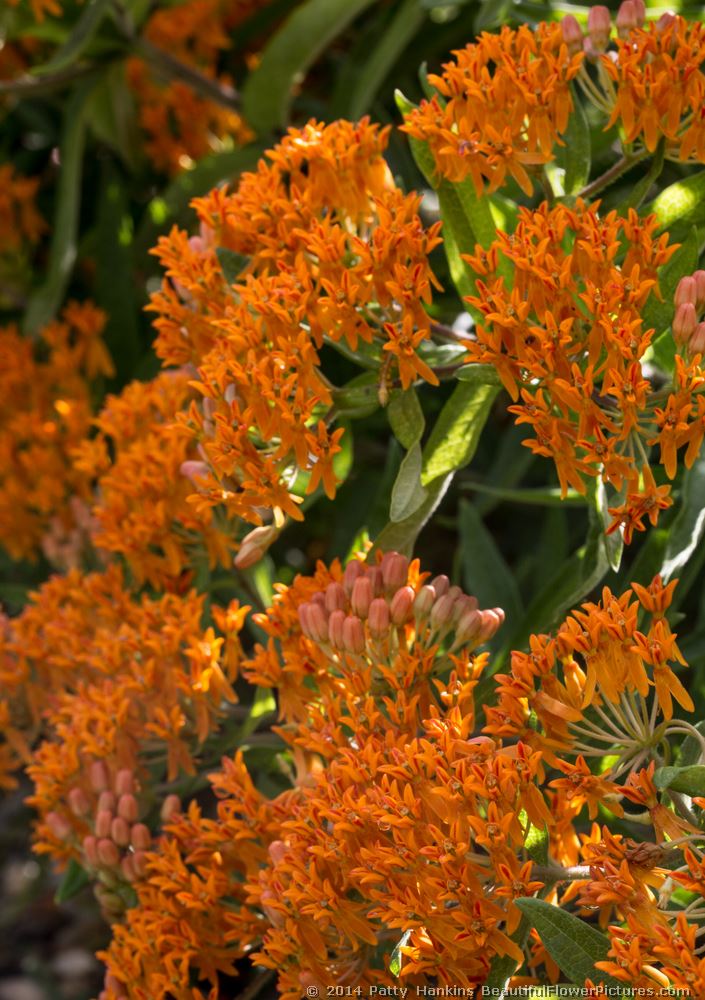
Butterfly Weed © 2014 Patty Hankins
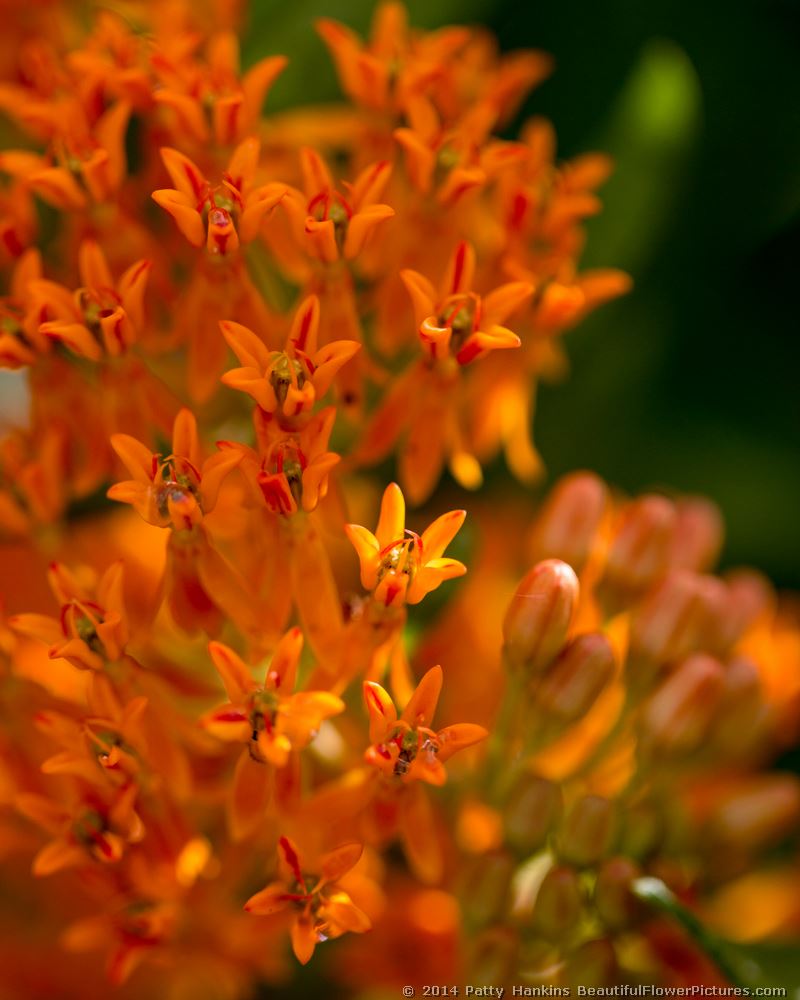
Butterfly Weed © 2014 Patty Hankins
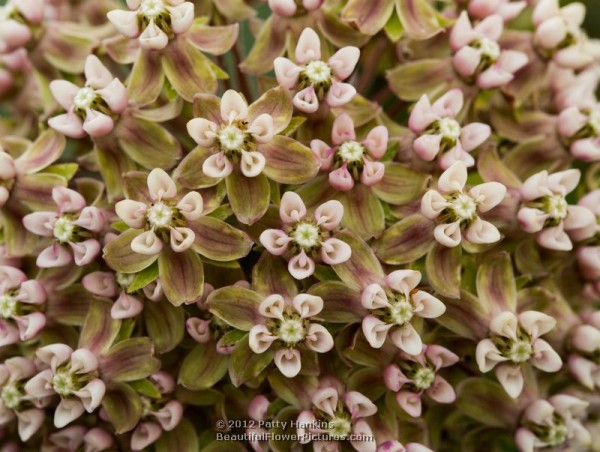
by hankinslawrenceimages | Aug 22, 2014 | 2015 Wildflower Calendar, Apiaceae Family, Flowers, Wildflowers

Common Milkweed © 2012 Patty Hankins
I’ve photographed Common Milkweed (asclepias syriaca) in a number of locations – ranging from along the Blue Ridge Parkway to right here in my garden at home. This particular milkweed was photographed at a local botanical garden.
Common Milkweed is a very common and useful wildflower. Native to most of the US and Canada, milkweed is a member of the Asclepiadaceae family. Another popular member of this family is butterfly weed. Milkweed grows to about 6 feet tall – with multiple balls of blossoms on each stalk. The balls of blossoms I photographed were about 4 inches in diameter.
The flowers of the milkweed and other members of the Asclepiadaceae family are very distinctive. Each flower has five parts with inward curving horns at the top – and outward curving umbels below. Common milkweed blooms in late spring through mid-summer.
In the natural world, milkweed plays a vital role in the circle of life. Larvae of several species of butterflies, including monarchs, feed on the leaves – which helps make the caterpillars and butterflies toxic to birds. Once the caterpillar emerges from it’s cocoon, the butterflies feed on the nectar of the milkweed plants.
Common Milkweed is one of the wildflowers featured in my 2015 Wildflower Calendar. My calendar features photographs of twelve different wildflowers I’ve taken in recent years. Special early bird pricing is available on my 2015 Wildflower calendar until August 31, 2014.

by hankinslawrenceimages | Jun 20, 2014 | Apiaceae Family, Flowers, Wildflowers
I was looking through some of my wildflower photos and realized I’ve photographed several different types of milkweed – to say nothing of all the wonderful butterfly weeds I’ve found to photograph.
Here are a few milkweeds that I’ve only found once – so don’t have many photos of each – but thought I’d share them with you.
As you look at the photos of the different milkweeds – you’ll soon spot the similar structures that make members of the milkweed family so easy to spot in the field. Then comes the fun of figuring out exactly which species of milkweed I’ve photographed 🙂
Longleaf Milkweed – Asclepias longifolia – photographed in Texas

Longleaf Milkweed © 2013 Patty Hankins

Longleaf Milkweed © 2013 Patty Hankins
Fourleaf Milkweed – Asclepais quadrifolia – photographed in the Great Smoky Mountains National Park

Fourleaf Milkweed © 2014 Patty Hankins

Fourleaf Milkweed © 2014 Patty Hankins

Fourleaf Milkweed © 2014 Patty Hankins
Green-flowered Milkweed – Asclepias asperula – photographed in Texas

Green-flowered Milkweed © 2014 Patty Hankins

Green-flowered Milkweed © 2014 Patty Hankins

Green-flowered Milkweed © 2014 Patty Hankins
Showy Milkweed – Asclepias speciosa – photographed at Grand Teton National Park

Showy Milkweed © 2014 Patty Hankins

Showy Milkweed © 2014 Patty Hankins

Showy Milkweed © 2014 Patty Hankins
by hankinslawrenceimages | Jul 16, 2012 | Apocynaceae Family, Flowers

© 2012 Patty Hankins
I don’t know about you – but milkweed was one of the first native plants I learned about – long before I even knew what a native plant was. I just remember seeing the round balls of blossoms and having lots of fun blowing around the seeds from the milkweed pods in the fall. I’m not even sure if I knew that they were the same plant – but I certainly knew what they were.

© 2012 Patty Hankins
Common Milkweed – asclepias syriaca- is a very common and useful wildflower. Native to most of the US and Canada, milkweed is a member of the Asclepiadaceae family. Another popular member of this family is butterfly weed. Milkweed grows to about 6 feet tall – with multiple balls of blossoms on each stalk. The balls of blossoms I photographed were about 4 inches in diameter.
The flowers of the milkweed and other members of the Asclepiadaceae family are very distinctive. Each flower has five parts with inward curving horns at the top – and outward curving umbels below. Common milkweed blooms in late spring through mid-summer.

© 2012 Patty Hankins
Milkweed has a long history of being a very useful plant – not just for humans – but also for wildlife. The fluffy seeds of the milkweed pods were used by early settlers to stuff mattresses and pillows. During World War II, the fluff was used in life preservers and uniform linings. The fibers can be used to create paper, thread and cloth, while various dyes have been made from the juice. While eating large quantities of milkweed can be poisonous, it has been used to flavor soups and the tender spring stalks were eaten as a vegetable.
Milkweed has been used medicinally for centuries. Native Americans used it to treat everything from warts to stomach ailments. Some tribes used is as a contraceptive. Milkweeds also contain latex – which means the juice can be used as an instant wound covering. The family name for these useful flowers comes from Asclepius – the Greek hero of medical arts.
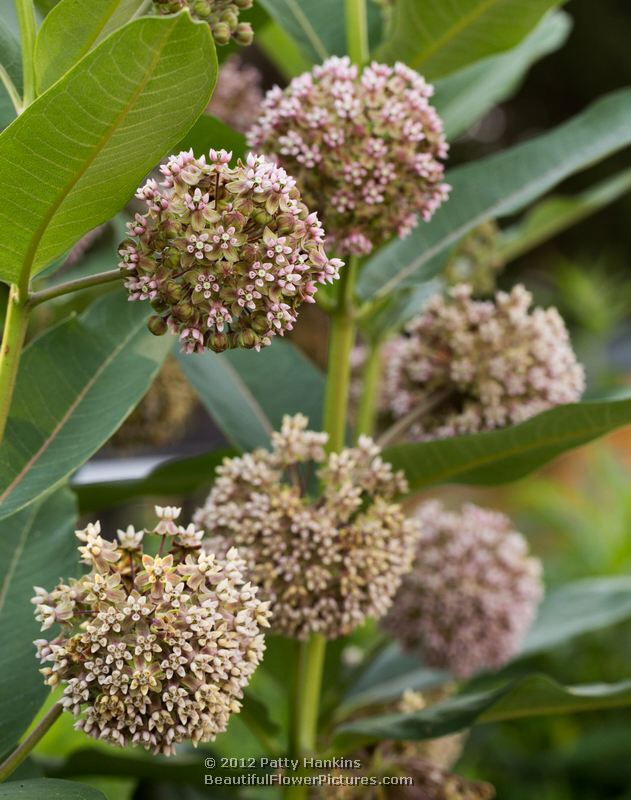
© 2012 Patty Hankins
In the natural world, milkweed plays a vital role in the circle of life. Larvae of several species of butterflies, including monarchs, feed on the leaves – which helps make the caterpillars and butterflies toxic to birds. Once the caterpillar emerges from it’s cocoon, the butterflies feed on the nectar of the milkweed plants.

© 2012 Patty Hankins
More information about Common Milkweed is available on the following websites
Lady Bird Johnson Wildflower Center
Missouri Botanical Gardens
Native American Ethnobotany
Native Plant Network
Robert Freckman Herbarium – UW Stevens Point
USDA Plant Profiles


































